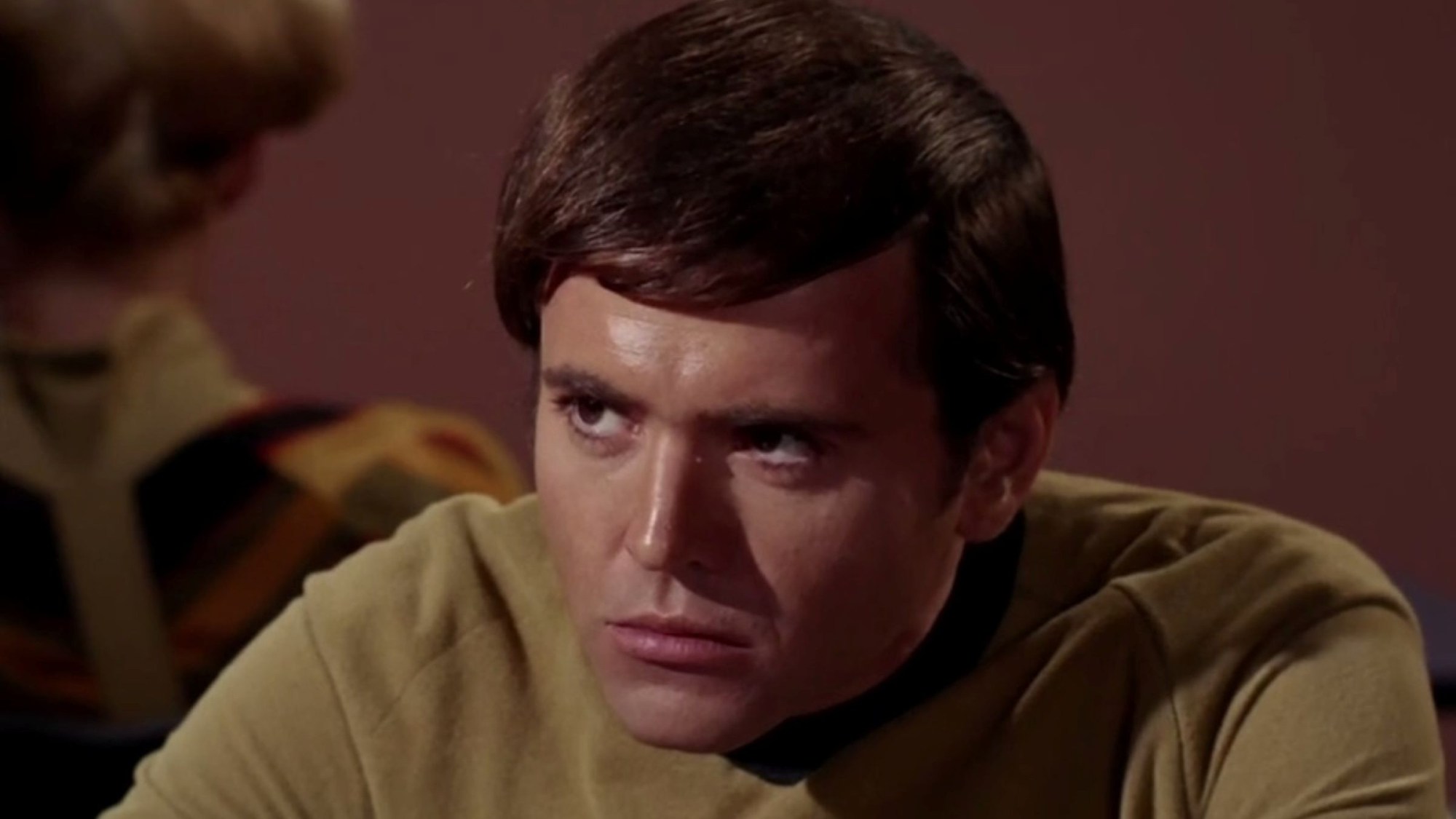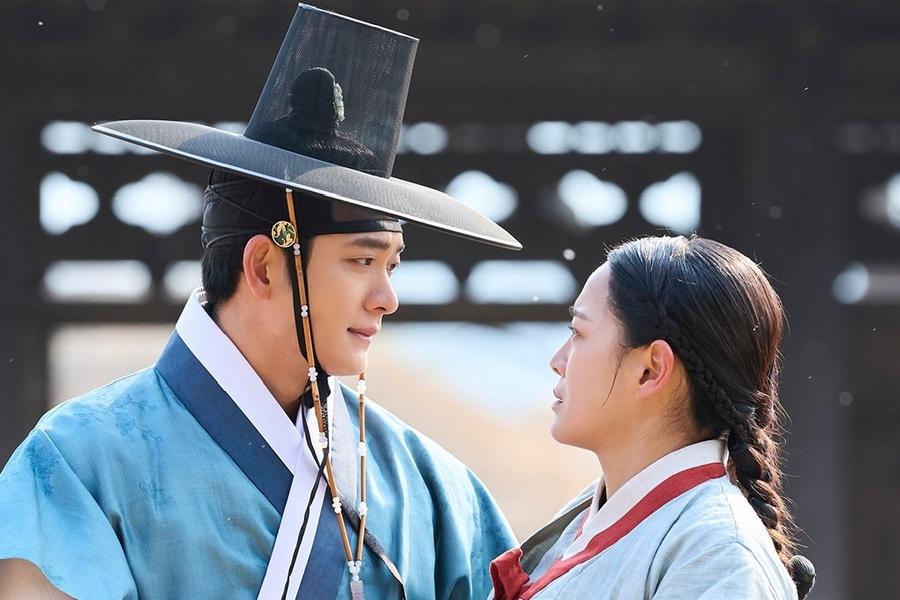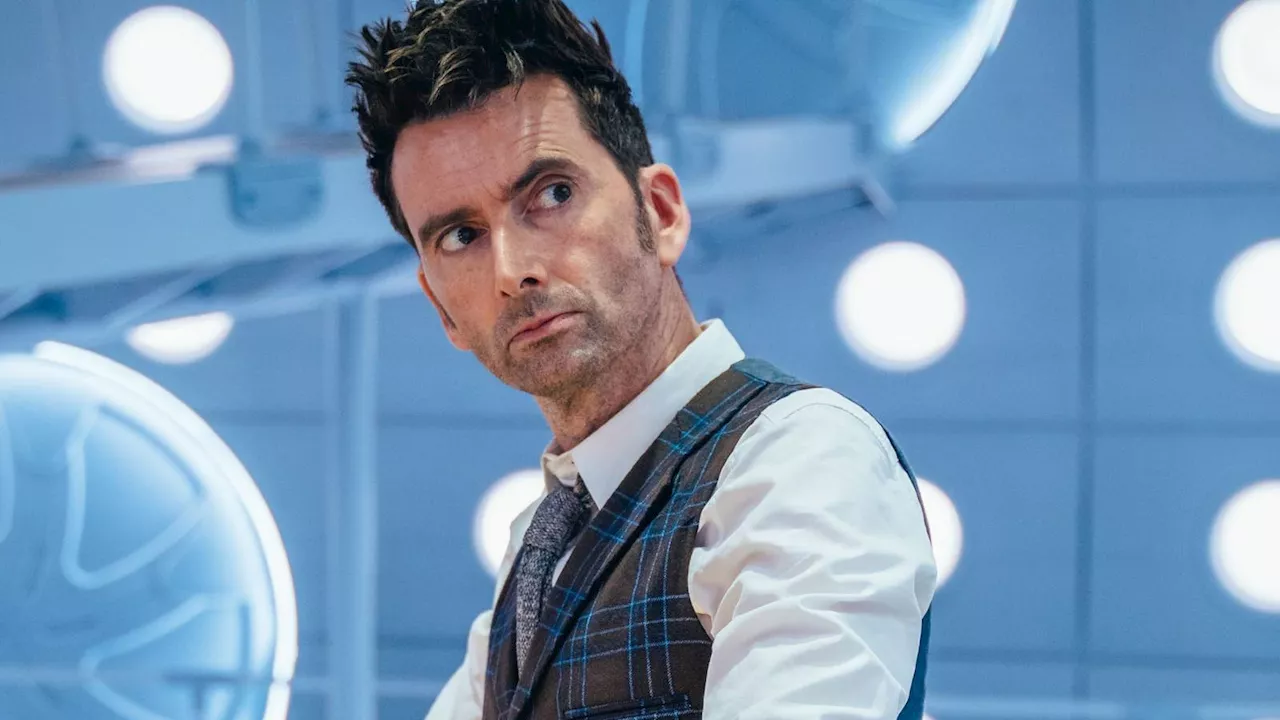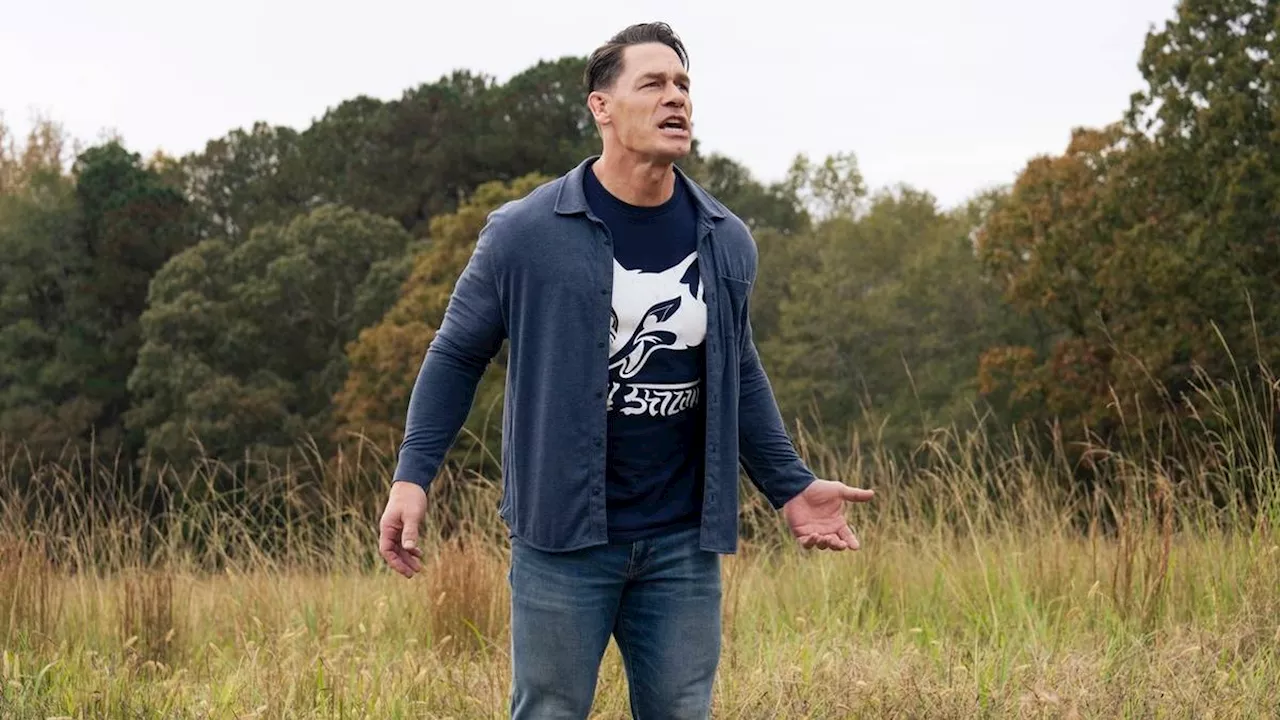Fans of *Star Trek: The Original Series* often reflect fondly on the show’s impact on science fiction and popular culture. Created by Gene Roddenberry, the series, which aired in the 1960s, introduced iconic characters like Spock and Uhura. Yet, not every character achieved the same level of admiration. Some, while memorable, fell short due to poor writing or unconvincing performances. This article highlights three of the most criticized characters from the series, as well as the reasons they have remained etched in the minds of viewers.
Lt. Marla McGivers: A Misguided Character
One of the most notable missteps in *The Original Series* is represented by Lieutenant Marla McGivers, introduced in the episode “Space Seed.” While this episode is often celebrated for its introduction of the formidable villain Khan Noonien Singh, McGivers’s character has garnered criticism for her portrayal. Played by Madlyn Rhue, McGivers is depicted as a historian who falls in love with Khan, ultimately betraying her crew.
The character’s fascination with powerful figures is intended to showcase her intelligence; however, the execution reduces her to a stereotype of blind infatuation. Many fans argue that McGivers deserved a more nuanced treatment, one that would have explored her motivations more deeply instead of relying on outdated tropes. Her portrayal raises questions about how women were depicted in the series, making her one of the more controversial figures in *Star Trek* history.
Ensign Pavel Chekov: A Stereotypical Presence
Introduced in Season 2, Ensign Pavel Chekov was intended to appeal to younger audiences, bringing a sense of vitality to the bridge of the USS Enterprise. However, viewers were met with a character who quickly became a stereotype of Cold War-era Russian patriotism, characterized by a thick accent and a penchant for claiming that “everything was invented in Russia.”
Portrayed by Walter Koenig, Chekov’s initial charm wore thin for many fans, who found his constant comic relief tiresome. The character often served little purpose beyond providing humor through exaggerated enthusiasm, which detracted from the more serious themes of the show. In episodes like “The Apple” and “Catspaw,” Chekov primarily existed to scream, flirt, or be knocked unconscious, leading many to consider him one of the weakest links among the main cast.
Lazarus: A Confounding Duality
Perhaps the most bewildering character in *The Original Series* is Lazarus, featured in the episode “The Alternative Factor.” This episode is regarded as one of the series’ more perplexing entries, primarily due to Lazarus’s dual existence in two conflicting realities. Played by Robert Brown, Lazarus attempts to embody tragic cosmic themes but instead emerges as a confusing figure who often shouts incoherently and appears to be in torment.
The editing and pacing of “The Alternative Factor” do little to clarify Lazarus’s character or motivations. Instead, the episode devolves into a repetitive sequence that leaves viewers puzzled rather than thoughtful. Many fans cite this episode as one of the worst in the series, with Lazarus representing a significant miscalculation when ambition outstrips execution.
In conclusion, while *Star Trek: The Original Series* is beloved for its groundbreaking storytelling and complex characters, it is also marked by a few missteps that have left lasting impressions. Characters like Lt. Marla McGivers, Ensign Pavel Chekov, and Lazarus may not be celebrated in the same way as others, but they remain unforgettable parts of the series’ legacy. Their flaws serve as reminders of the challenges faced in creating memorable narratives, particularly in a time when cultural norms were rapidly changing.







